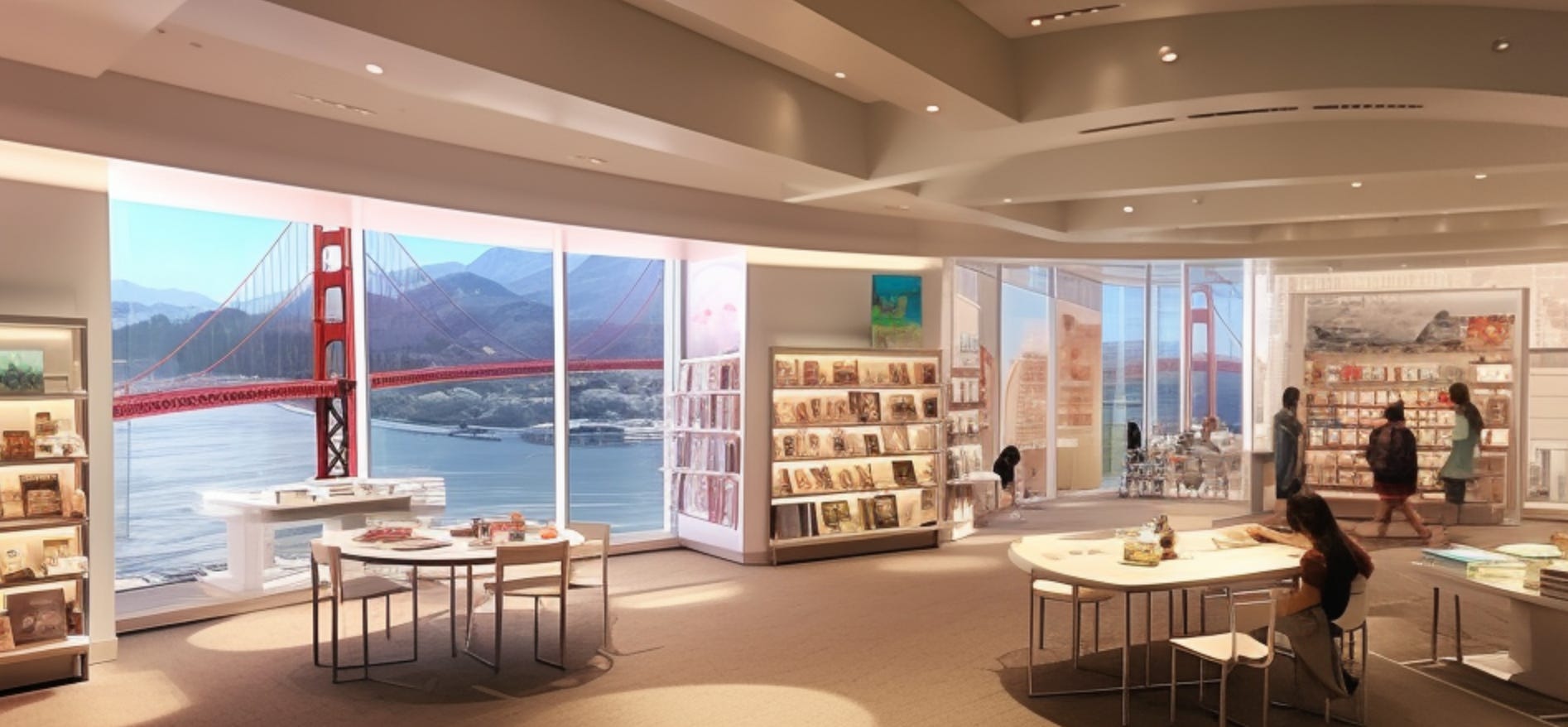If you want to buy new gadgets as a tech savvy, relatively well-off individual, you have no shortage of choices. Apple Store is the most well known, but Microsoft, Samsung, Tesla and Google all run shiny, smart, tech emporia that allow you to go in and test their latest gadgets and ask knowledgeable, enthusiastic (young, clear-skinned) acolytes. Department stores brim with products that are about different rooms in the house, but generally not targeted at individuals. Best Buy Health is an exciting arrival, that’s looking to offer social care support services as well as technology products, support and integration. But it’s not very homely. What are we offering for family caregivers trying to figure out what to do and what to buy?
Caregivers of those living with dementia are struggling and as a result often not as vocal or able to advocate for themselves, and are generally overlooked by the market. In the US there are 48m people looking after an older adult family member and according to AARP they’re spending on average over over $7k a year; this is a sizable market.
There are number of places to showcase innovative care and dementia related products such as the Thrive Center in Louisville and Direct Supply’s cathedral or innovation in Milwaukee. The National Innovation Centre on Ageing in the UK has a rather beautiful building that also serves as a local gathering point for events. But all these are primarily B2B spaces. Toronto’s impressive rehab innovation showcase is like many in academic settings – research focused. It’s not a community hub or a place designed to help caregivers buy things and practically solve their problems.
So here’s my wishlist for a space that we need:
- Retail outlet. This is a place where you can see things, test them out but also buy them. It’s not just an academic exercise. The retail business model is as old as time and one of the ways in which this can fund itself. Curation will be a major component of this – products there will have been tested and vetted to a significant extent.
- Research capability. Despite it being commercial, it should be able to conduct research on what products and services are most suitable for what kind of people, and gather input and experience from customers with focus groups and survey models to convey back to the manufacturers about what works and what doesn’t.
- Comprehensive yet curated. The place to come to to look at innovation and new tech but not just a warehouse – a thoughtfully curated set of products, and the hosts have opinions and experience about what work. The in-store agents act like pharmacists, able to dispense advice designed for lifestyle improvements.
- Bundles around ‘jobs to be done’. This is not about individual products on their own but a selection of products working together to improve the life of someone with dementia. So there could be a music app, healthy meals, a VR trainer and a sensor-laden hub that is seen to be working together- sharing data and insights, and having a single sign on, not multiple passwords to remember.
- A bold, cutting edge design aesthetic. This should not be an apologetic exercise- dowdy and self effacing. It should be bold, beautiful and reek of innovation. It should transmit the message that we’re confidently and boldly taking on the challenge of dementia and doing everything we can to support families.
- Exclusive feel. While it should be accessible, it should also elevate the visitor. A bit like visiting an Apple Store or the lobby of a Four Seasons – you’re in no doubt about the quality of the place you’re in.
- Provides respite. It is designed to support caregivers, so all attending caregivers should receive special care and support. Perhaps as part of a membership club, they get access to a special lounge with coffee, healthy snacks and free massages.
- Intergenerational. This is a place that is open for all generations. There’s a creche and older people with dementia are welcome and can spend time playing with the kids.
- A community, purpose-driven hub. This serves to be a meeting point for the local community, not just for those looking after someone with dementia, but for everyone interested in intergenerational wellbeing. It’s also a natural place for partners looking to get the community involved in intergenerational mission-driven projects, such as CoGenerate.
- Easy access to funding sources. There are charities out there who help people with few resources find support and funding, such as CareNav, and some startups such as Aidaly and Givers. Their services could be brought into the retail outlet and made available to support the purchase decision- perhaps most of the cost of that expensive walker or AI-based room monitoring service is covered by government funding…?
Something like this would show people that dementia should be not avoided and the challenges families facing kept in the shadows.
Would be interested to know if there are other examples of retail innovation hubs for dementia that I’ve missed.
Download Course